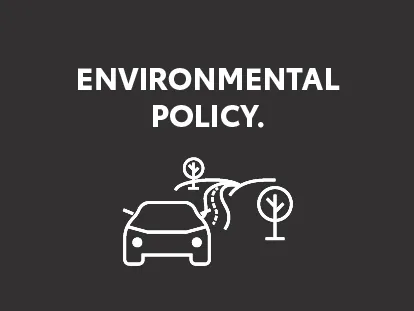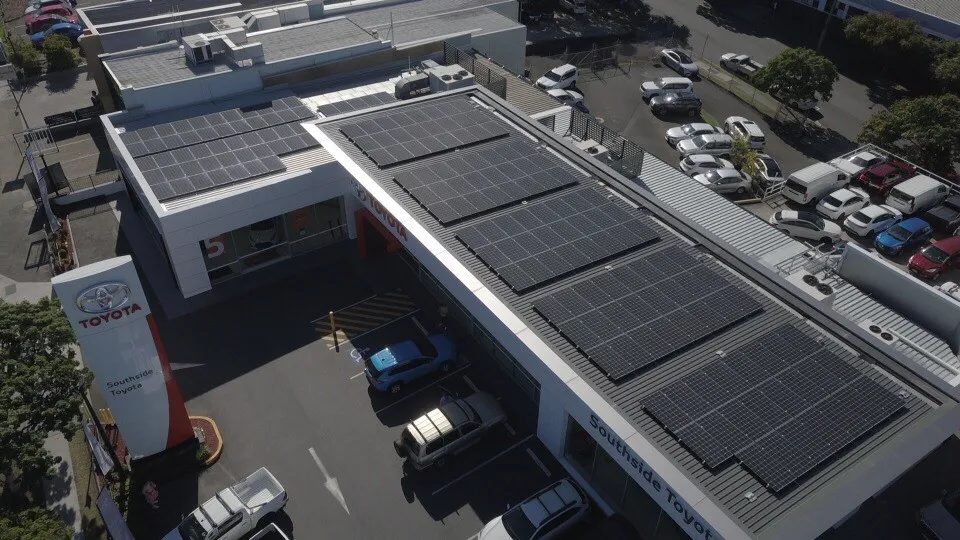Southside Toyota’s Environmental Objectives are to:
- Minimise our environmental footprint
- Reduce our energy usage, including installation of solar panels on our showroom roof.
- Reduce our water usage and ensure water recycling in wash bays
- Discontinued the use of balloons on the sales yard
- Undertake environmental preferred purchasing where possible including carbon off-sets
- Communication and promotion of our Environmental Policy to our staff, customers and the community
- To contribute to the community with activities such as Earth Hour and National Tree Day
Southside Toyota’s Environmental Objectives are to:
- Minimise our environmental footprint
- Reduce our energy usage, including installation of solar panels on our showroom roof.
- Reduce our water usage and ensure water recycling in wash bays
- Discontinued the use of balloons on the sales yard
- Undertake environmental preferred purchasing where possible including carbon off-sets
- Communication and promotion of our Environmental Policy to our staff, customers and the community
- To contribute to the community with activities such as Earth Hour and National Tree Day






























